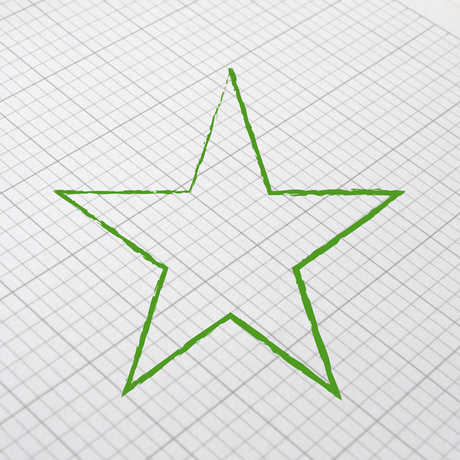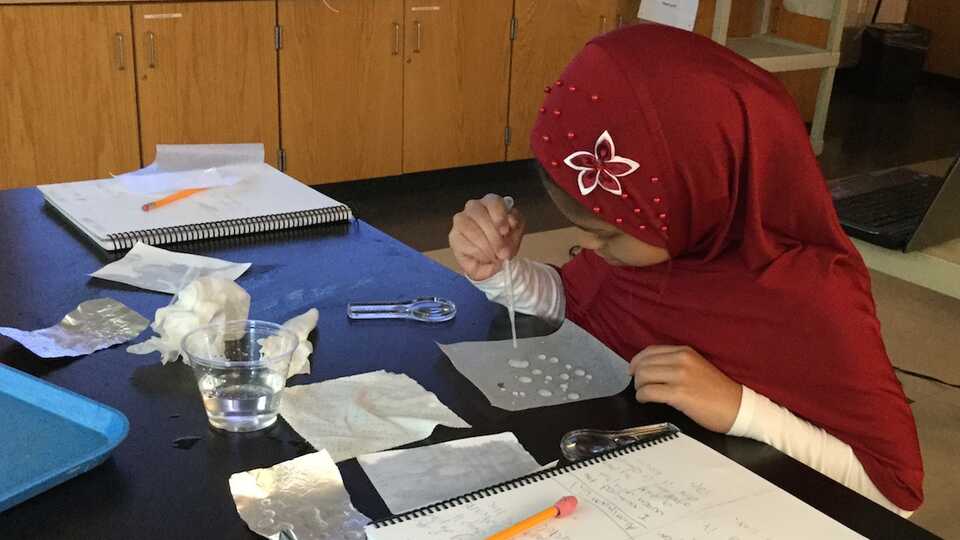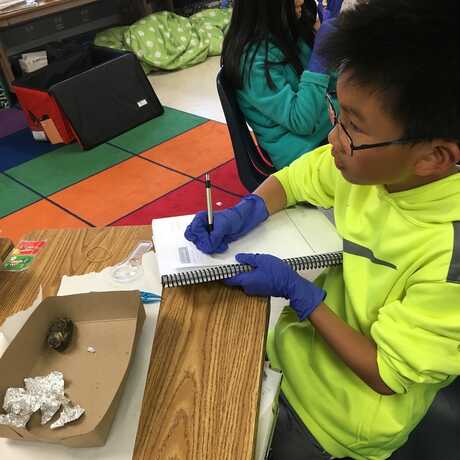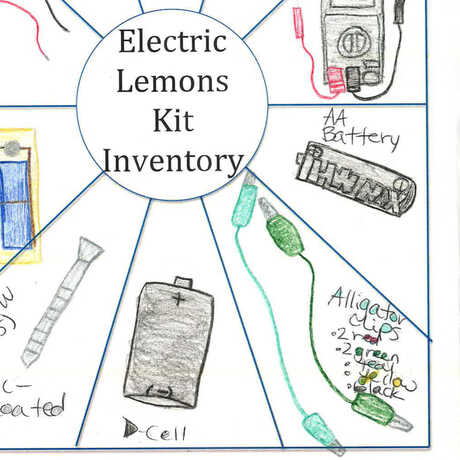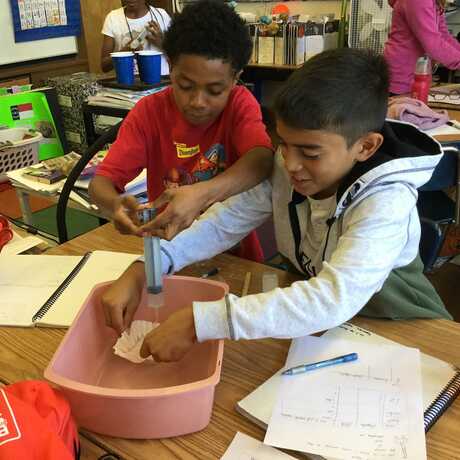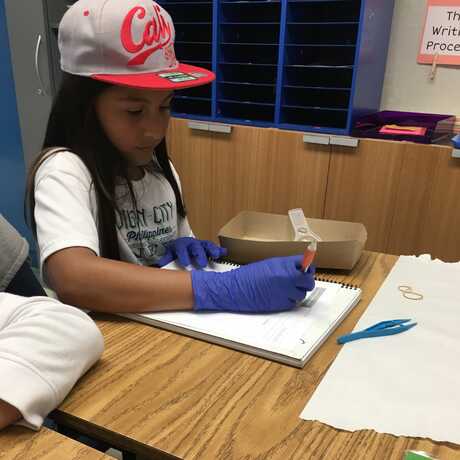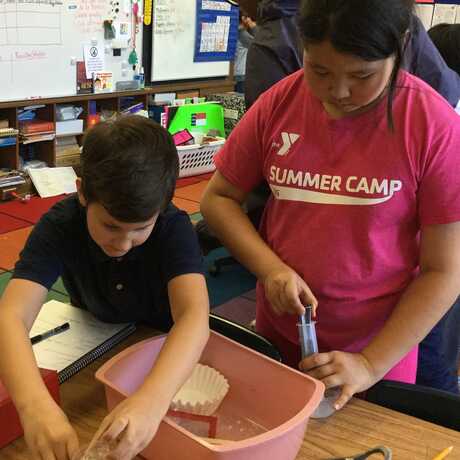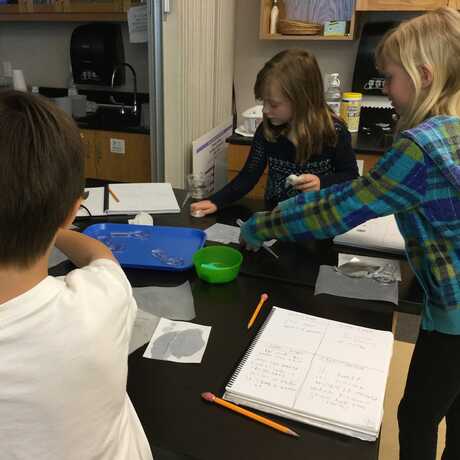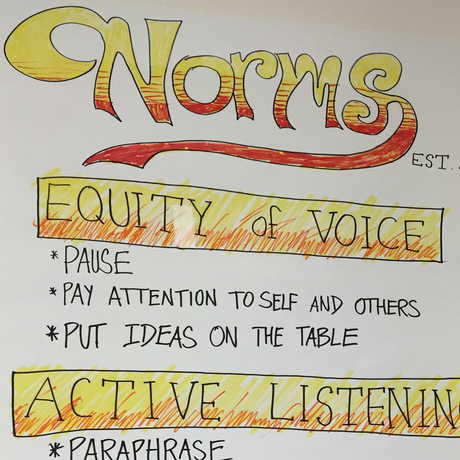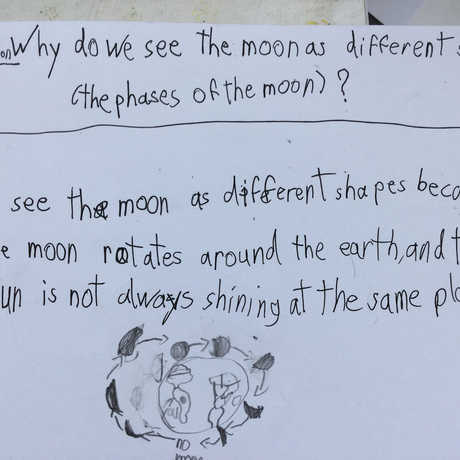Monnica was exploring a unit on solar ovens with her 5th grade class. The project had a reading along with it, as well as several worksheets with vocabulary. The worksheets came first, which the students dutifully glued into their notebooks. The worksheets asked them to come up with definitions for the terms “thermo-conductive substance” and “thermo-insulative substance.” The students weren’t very engaged in this activity, probably because they hadn’t yet handled the substances. Monnica found herself saying, “I know, it’s a little dull, but we have to do the boring stuff before we do the fun stuff.” Even as she said this to her students, she began to wonder if it was true!
She decided to change the order- have the students make a solar oven first. They sketched plans and built their first iterations. Later, they revised their designs. After they wrestled with the materials and concepts for several days, they were much more ready to create a definition for “thermo-insulative substance.” Students were more engaged and curious this time around. Monnica renewed her faith in "ABC," or "Activity Before Content."
